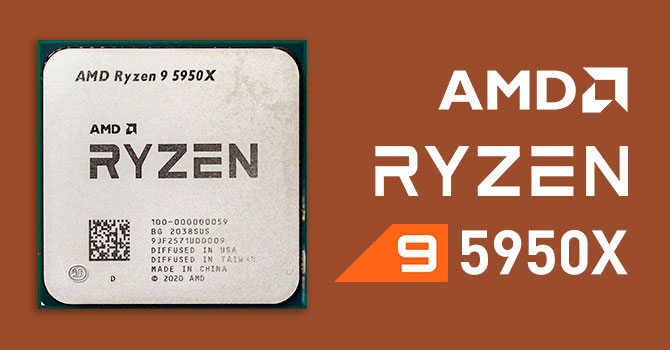I started using the AIO called Arctic Liquid Freezer 2 420 with Ryzen 9 5900x. My computer case is Phanteks P500A DRGB. The processor runs at a constant speed of 4.6 GHz. Temperatures are between 38-42 degrees when the processor is idle. It works between 74-77 degrees when under load (cinebench R23). However, even though I used a 420mm liquid cooling, these temperatures were very interesting to me. I was expecting better performance.
First of all, I used AIO as PULL-PUSH (3x Arctic 140mm AIO fan was pushing - 3x Phanteks 140mm case fan was pulling). temperatures were 40-44 degrees at idle and 76-80 degrees under load.
Then I tried the opposite, Arctic fans pull and Phanteks fans push. Thus, I reached the values at the beginning of my article, that is, it worked 2 degrees cooler.
On the back of my case there is a 140mm Phanteks fan to act as an exhaust (same model as the case's own fans), On the top of the case there are 3 120mm fans to act as an exhaust (2x Cooler Master, 1x Corsair)
Arctic fans (pull) run at around 1500 rpm under load, while Phanteks fans (push) run at 1200-1300 rpm under load.
Are these degrees normal? My friend uses the Arctic Liquid Freezer 2 280mm AIO with the same chassis and processor, and our temperatures are the same. I did all the assemblies as suggested by the AIO manufacturer. I checked the thermal paste. I disassembled and reinstalled the entire AIO. However, nothing has changed. There are 2 possibilities, either the product is broken or a 420mm radiator is just an image and a high number. I look forward to your help and suggestions on the subject.
(Note: I am using rev.4 version of AIO.)
All my system components:
-Motherboard: Asus Tuf Gaming X570-Plus
-CPU: AMD Ryzen 9 5900x
-GPU: Msi RTX 2060 Super Gaming X
-RAM: GSKILL Trident Z Neo 2x16 32GB 3600Mhz 16CL
-SSD: Samsung 970 EVO Plus NVMe M.2 500GB
-HDD: Seagate Barracuda 2TB (ST2000DM008)
-Psu: Corsair TX 750M 80+ Gold
-CPU Cooler: Arctic Liquid Freezer II 420mm
-Case: Phanteks P500A D-RGB Black


